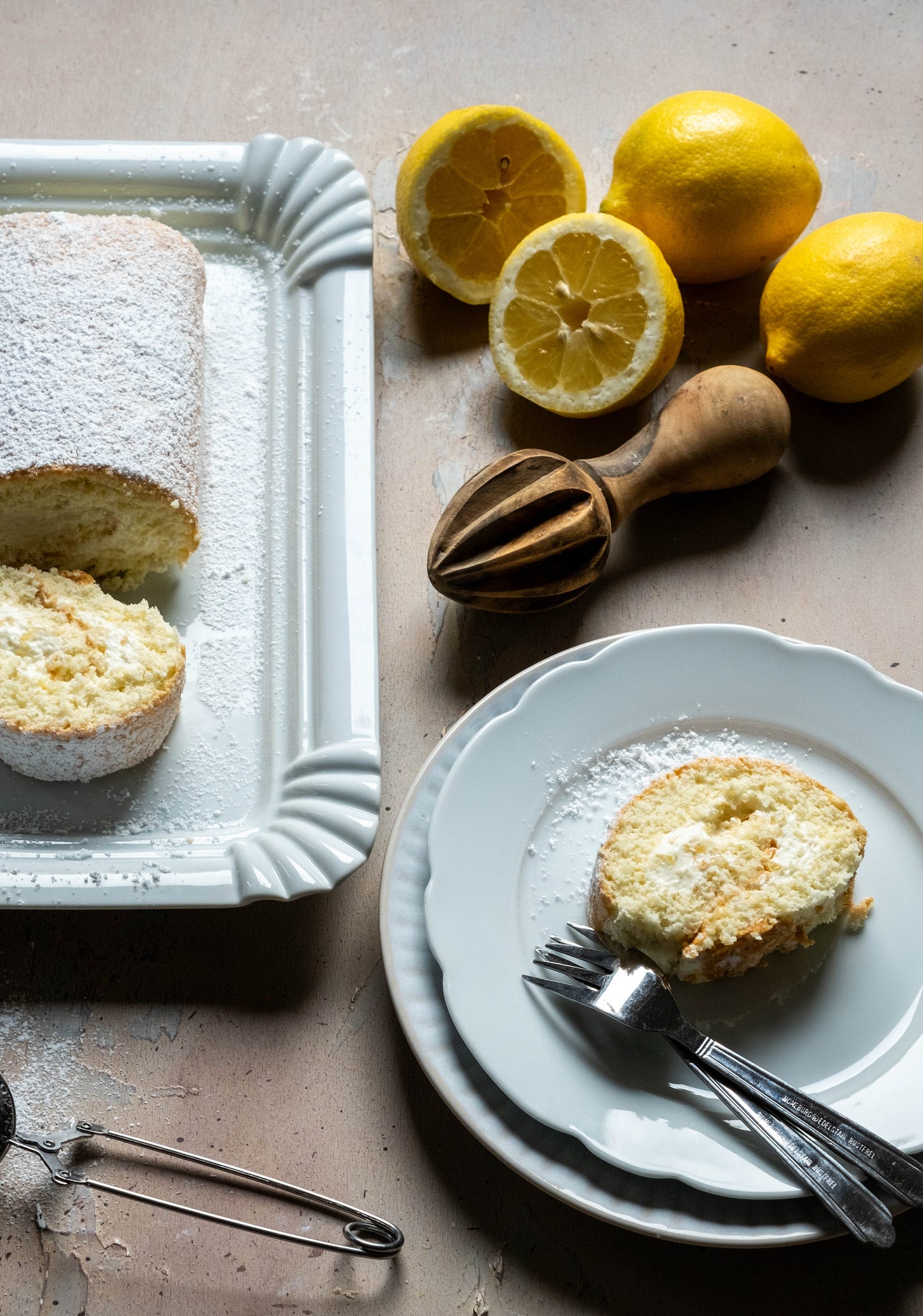How to turn Preserved Lemons and Labneh into a delicious twist on Lemon Swiss Roll
A recipe for Lemon Swiss Roll that is just that little bit different yet equally if not more delicious!
Hello, and welcome to Newsletter No 32 here on Substack! Thank you for stopping by. If you are already subscribed - THANK YOU! Seeing hundreds of you read my newsletter each week means the world to me! And if you are not yet a subscriber, hit the link below if you are interested in recipes as well as tips and tricks to make the most of our increasingly eclectic pantries and a good dose of my at times random musings about all things food!
❤️ Did you know that if you hit the HEART at the top or bottom of this post, it makes it easier for people to find this newsletter? (And also puts huge smile on my face!)
I already confessed to how much I love Labneh, including using it in baked goods and desserts. So it only made sense to also share a recipe of mine using Labneh!
The idea for this Preserved Lemon and Labneh Swiss Roll had been on my mind for a couple of years at least. But this time two years ago I was heavily pregnant with my son and battling Covid in the midst of a heatwave - while a…
Keep reading with a 7-day free trial
Subscribe to Real Simple Food to keep reading this post and get 7 days of free access to the full post archives.


